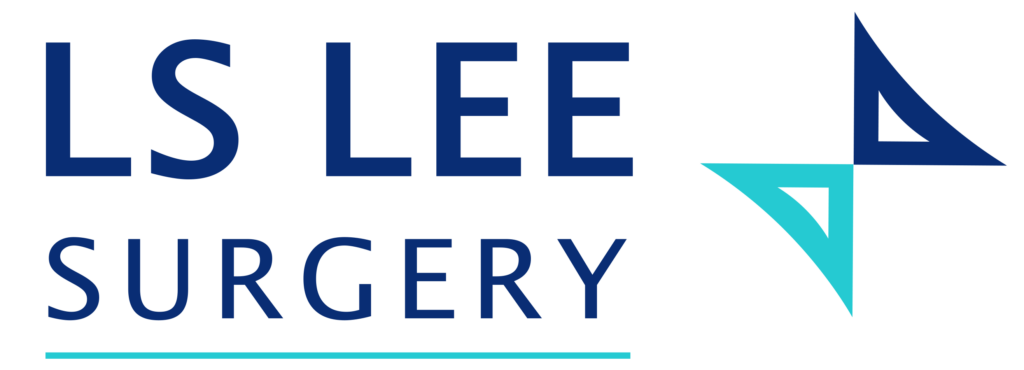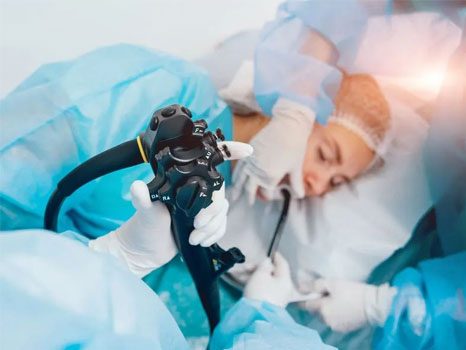Gastroscopy
Gastroscopy is the procedure done to examine the throat, esophagus, and stomach. It is done using a long, thin tube, fitted with a medical camera, which is then inserted through the mouth to diagnose the problem within the upper part of the digestive tract. A gastroscopy can also be used to remove tissues for biopsies in the case of conditions such as stomach ulcers or cancer.
Indications for a gastroscopy may include:
- Unexplained abdominal pain or discomfort
- Difficulty swallowing
- Nausea or vomiting
- Unexplained weight loss
- Gastrointestinal bleeding
- Abnormal X-ray or CT scan findings
- Suspected inflammation, ulcers, or tumours in the upper digestive tract
- Follow-up after previous treatment for digestive tract conditions
Gastroscopy is a fairly simple and safe procedure, the risk of complications from a gastroscopy is generally low, and most people experience only mild discomfort or none at all. However, it is important to discuss the risks and benefits of the procedure with your doctor before undergoing it.
Preparation:
You are required to follow the following steps before the scope.
- Fasting: You will typically be instructed to fast for at least 6 hours. This is to ensure that your stomach is empty and reduce the risk of complications during the procedure.
- Medications: Your doctor will give you specific instructions on how to adjust your medications before the procedure. You may be asked to stop taking certain medications, such as blood-thinning medications or aspirin, for a period of time before the procedure. Be sure to inform your doctor of all medications you are taking, including over-the-counter and herbal supplements.
- Anaesthesia or sedation: Your doctor will typically administer a mild sedative or anaesthesia to help you relax and reduce any discomfort during the procedure. You will need to arrange for someone to drive you home after the procedure if you have received sedation or anaesthesia.
Procedure:
On the day of the procedure, anaesthetic will be administered. Once you are sedated, the scope will be slowly inserted into your mouth and down the oesophagus until it reaches the first part of the small intestine, which is known as the duodenum. Your doctor will carefully examine your duodenum, stomach and oesophagus; a biopsy will be taken from the suspected area for further investigation. The scope is removed at the end of the procedure.
Post-scope aftercare:
You will be allowed to drink and subsequently eat when you are awake from your sedation. The sedative effect will take some time to wear off; you are advised not to drive or operate heavy machinery during this time, as the sedative could impair your sense and affect your motor skills. You may experience mild sore throat as a result of the endoscope being passed down the throat. The sore throat usually resolved after a few days. You may also experience abdominal distension from the air that is blown in to expand the stomach, which usually resolves within a day.
Your doctor will explain the scope findings to you before you are discharged; medication and a follow-up appointment will be given to you to follow up on the biopsy result, and to review your symptom after the treatment.







